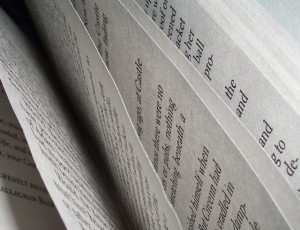 When I first started researching the area of Self Publishing about two years ago, I was struck by the multitude of terms used both writers and publishers to define their own business. We can easily review many self publishing companies and rattle off terms like Vanity Publishing, Subsidy Publishing, POD (Print-on-demand) Publishing, Partnership Publishing and Independent Publishing. I’m sure many readers of Selfpublishingreview can list off a few others.
When I first started researching the area of Self Publishing about two years ago, I was struck by the multitude of terms used both writers and publishers to define their own business. We can easily review many self publishing companies and rattle off terms like Vanity Publishing, Subsidy Publishing, POD (Print-on-demand) Publishing, Partnership Publishing and Independent Publishing. I’m sure many readers of Selfpublishingreview can list off a few others.
In the development of Self Publishing over many years, the above terms have not only merged, but indeed, the waters of distinction have become pretty muddied. I also have been guilty of interchanging the terms. It just seems that many Self Publishing companies (if I might call any publisher who offers one or more author services at a cost) are often all too eager to add to the confusion—combining romantic notions on the art of the writer with extravagant promises of notoriety and success—simply to promote a form of publishing were money flows to them and not the writer. Let me throw my two cents in on the above terms.
Vanity Publishers
These are the old timers of the business. Vanity in publishing has become like the ‘C’ word. To me, Vanity Publishers operate on the ‘bait and snare’ model of business. Get the customer interested enough; laud their work to high heaven; demonize traditional publishers; throw a veil of complexity on the publishing process; and like used car salesmen, don’t point out the scratches or the cracked chassis or the full costs until the customer asks how much to make the cheque out for and then hit them over the head with a baseball bat. Sound pretty loathsome? Well, the reality is that many still operate this form of publishing business, and some of them have the highest turnover of self published titles every year. Brazen enough to even advertise four to five digit author fees! Vanity, to me, isn’t Aunt Maple wanting her life story published, nor is it some spotty college teenager thinking he has written ‘The Great American Novel.’ It is a publishing business set up to prey upon Aunt Maple’s and our teenager’s naivete, not their vanity. The vanity lies with the publisher smug and disingenuous enough to keep doing it.
Subsidy Publishers
Much of my attention two years ago was focussed on Subsidy Publishers in the USA. In the past year, I’ve started looking at UK and Irish Subsidy Publishers. What sets these Subsidy Publishers apart from Vanity Publishers is that, for the most part, they are upfront from the start about what they are offering, in effect—an author service, usually from submission through to design, production, print, final proof and the proverbial 25,000 online available booksellers and anything more is an additional paid add-on. The add-on’s are what is also known as the up sell. You will be emailed about ‘must have services’ which will help your book sell. Their contracts, rights, costs, editing, quality of production, promotion and marketing, if any, and other author services vary widely.
Like any serious purchase in life (and I believe a first book is as important as a first car or mortgage) research, shop around, ask a lot of questions, know the depth of service you are getting, talk to other authors who have used their services, and most importantly, be sure this is the right path to publishing for your book. Ignore the ‘Joyce, Whitman, Poe etc., self published’ spiel on the publisher’s web pages, as most of these tales have been debunked and are, at best, true, but this was a time when the common man and woman couldn’t read and hadn’t an arse in their skirts or trousers, and, at worst, blatantly false and misleading. Ignore their ‘listen to what our published authors said about us’ pages on their website. Contact an author on their bookstore page through the web. They usually have web pages set up about their published books and will be far more candid about their experiences with the Subsidy Publisher. A good guide to a reputable Subsidy Publisher is one that actually advertises books on their publisher homepage. Remember, the vast majority of income for a Subsidy Publisher is made from author fees, not selling books!
Any author engaging with a Subsidy publisher who has not at first attempted the traditional route of agent/traditional publisher for their book is being very foolish. This has always been my first line of advice to an author. There is a vast wealth of knowledge to learn by pursuing this avenue at first call, pain and disappointment though it may bring.
Partnership Publishers
Again, this is any publisher who is upfront about a financial input from the author, but with the single significant difference from the Subsidy Publisher; a Partnership Publisher is also financially backing the author for one or more books, essentially, prepared to invest in the author and not just a book. It can also be referred to as ‘shared publishing,’ where there is a contract stipulating little or no advance, but a much larger percentage of royalties, sometimes up to 50%, far beyond the 6 – 12% royalties available from a traditional publisher’s contract. You may be surprised to learn that in the past few years some larger publishers are creating imprints just for this kind of publishing. HarperCollins run HarperStudios, Troubador/Matador and also the London Press run a similar model in the UK, and I believe over the coming year, we are going to see an explosion of this kind of publishing from large traditional publishers caught in the trappings of economic recession, who, in spite of less well-informed observers and critics of traditional publishers, actually do believe in a philosophy of nurturing and investing in first-time raw talent. In the coming months, keep an eye on publishers like Macmillan, Faber & Faber and other such publishers who have strong online presence and are always testing the boundaries of what the publishing model is.
POD Publishers
I’ve been guilty of using this misnomer. All publishers can be POD Publishers if they are using digital and offset to define the method of printing. POD is a form of digital print technology first used in banking to print out customer statements. Someone saw the potential and introduced it to book printing. It allows publishers to print a single copy or short print run of a title in their catalogue without the need to use an offset print press. Offset printing has been the most common method used for the printing of books with a 2000+ print run. Like any product, the more produced in one run reduced the overall unit price. For the moderate self published books, the average is a few hundred copies, and offset is simply too prohibitive on unit price and storage for this amount. Many traditional publishers use POD (print on demand) to re-issue old back catalogue titles which would not warrant a sizeable print run to make them economical using offset printing.
You can bet over the next year that many large publishers will be using POD to print a lot of titles from their back catalogues as commissioning editors, and in particular acquisition editors, all stare with distain at their budgets and cut back on titles and quantities published and printed this year. Again, POD Publisher has become one of those terms which has arisen since the advent of publishers offering author publishing services. It is the tried and trusted method of digitally printing self published, low print-run books, and in fact 80% of Subsidy Publishers use exactly the same printer, Lightning Source, with huge printing facilities in the USA and UK. The remainder use other smaller digital printers, or have invested in their own machines. Infinity Press is one of the few Subsidy Publishers who print in-house with their own equipment. With the advent of the Espresso Book Machine (EBM-a digital print machine, small enough to fit in a retail store), more and more Subsidy Publishers will probably have their own machines, or the buying customer will simply have their books purchased and printer in their bookstore.
Independent Publishers
All publishers who are not owned by a parent company are ‘Independent’ and make their own business decisions. This has nothing to do with the means an author chooses to achieve publication. If we were to draw a ‘family tree’ and list off all the publishers we can think of—you would probably find it a little disturbing to find out that many ‘publishers’ are often owned by the same large media conglomerate. This was very much an occurrence during the 1980’s and 1990’s, and even today, in the self publishing world, as companies like Author Solutions own Createspace, AuthorHouse, Wordclay and iUniverse.
Get an Editorial Review | Get Amazon Sales & Reviews | Get Edited | Publish Your Book | Enter the SPR Book Awards | Other Marketing Services





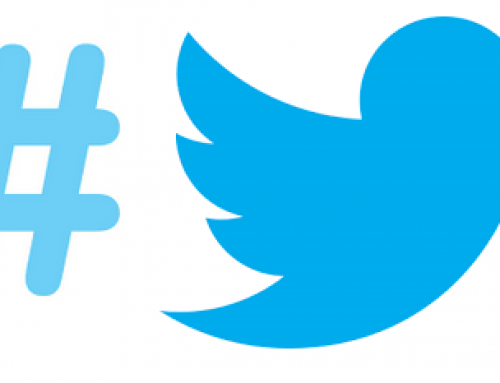
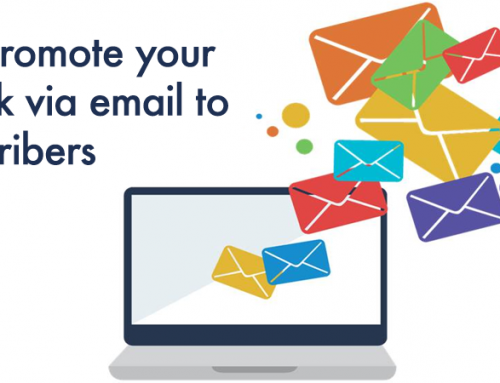
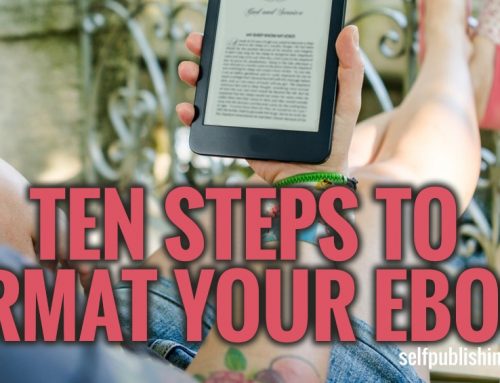
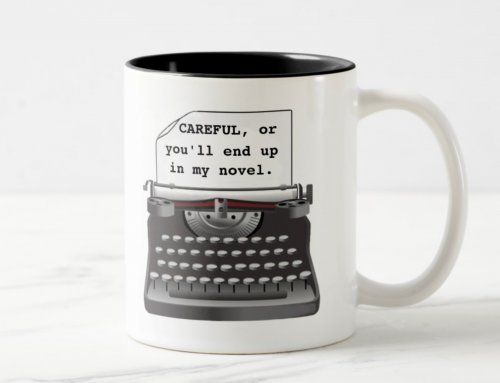
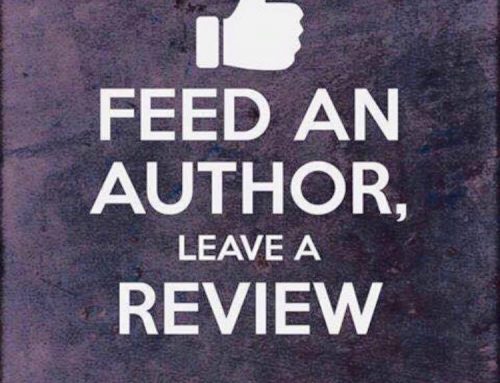
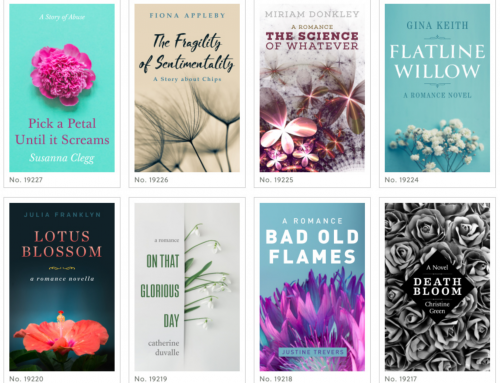

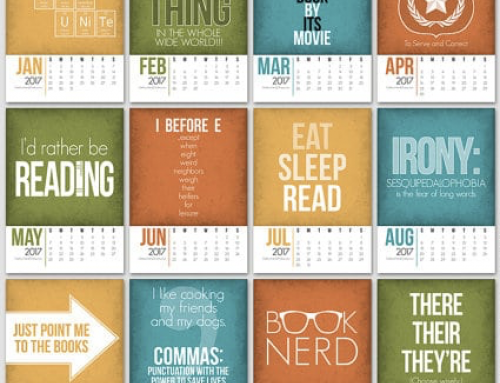
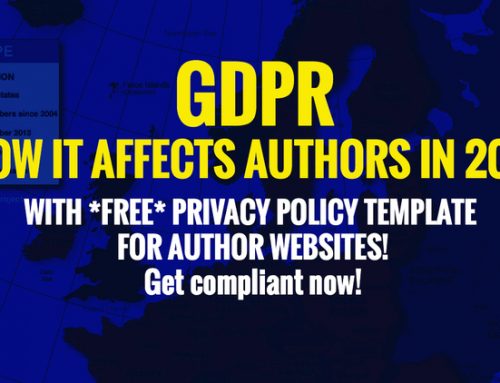
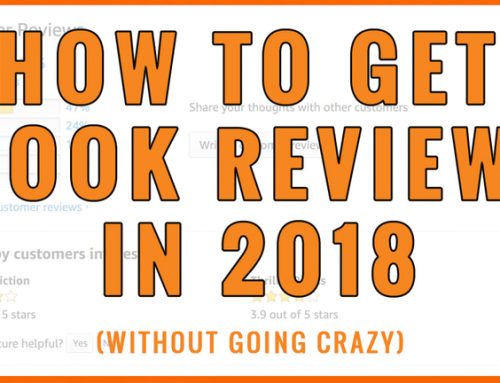
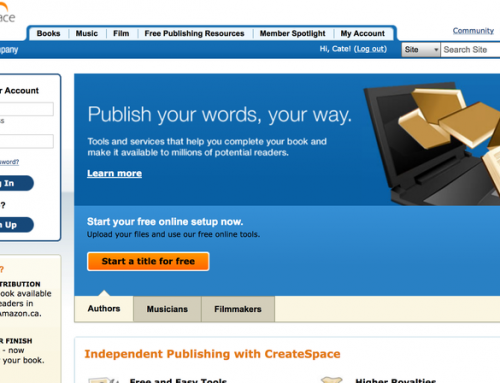
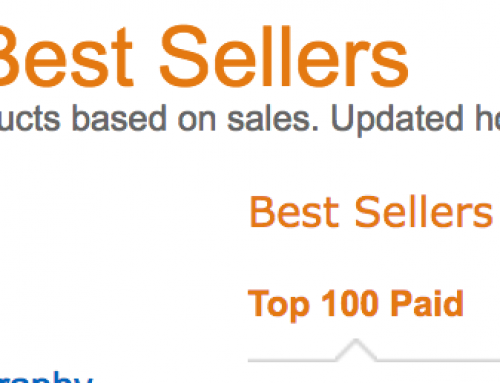
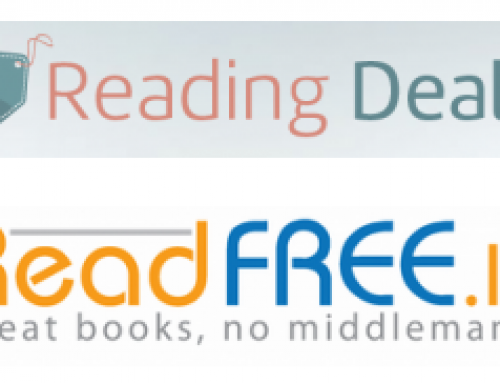

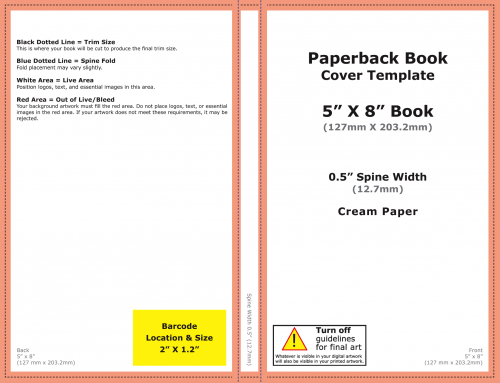
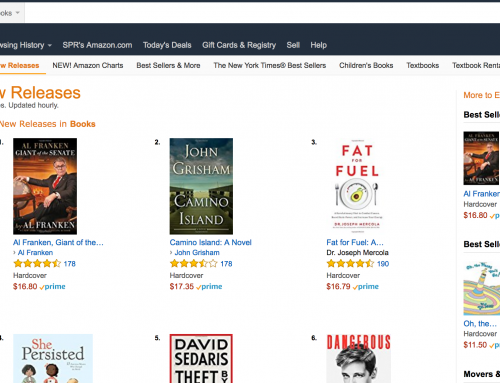
Excellent article on the confusing world of self publishing. There are many caveats to getting a book published and some investment is involved. For those who really want their book out there, however, self publishing is the way to go – simply because they will be rejected by traditional book publishers.
Thanks, Mike.
A little bit of self-promotion. This article is a short extract from a book I’ve recently published.
http://self-publish-or-not-to-self-publish.blogspot.com/